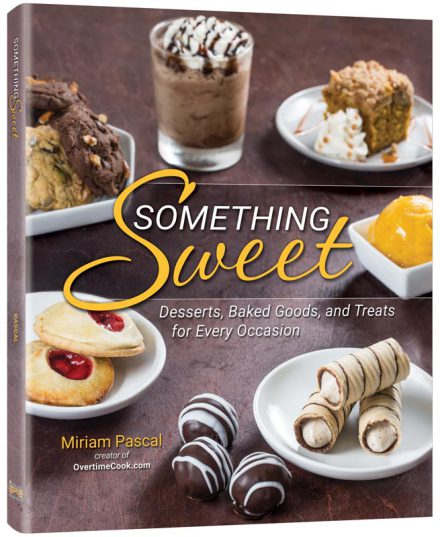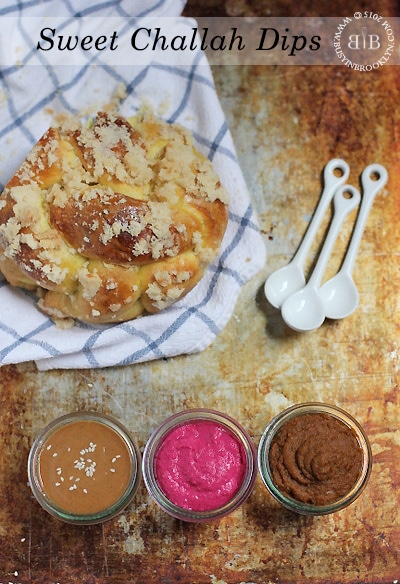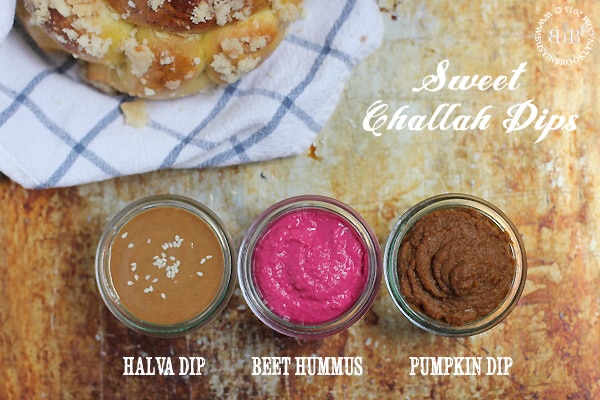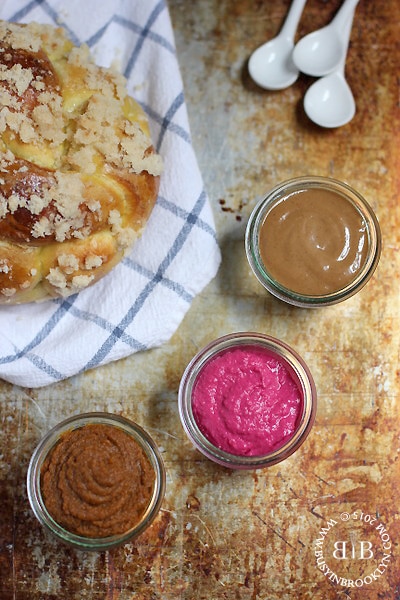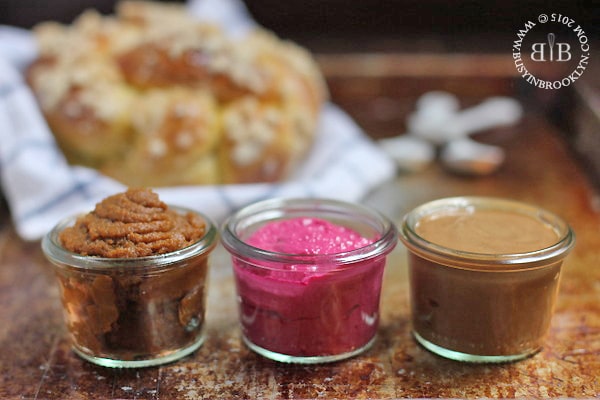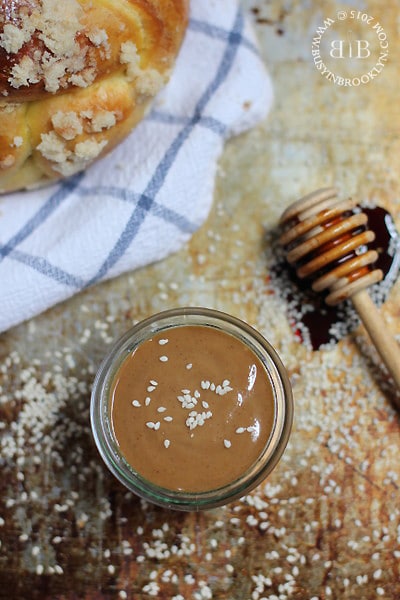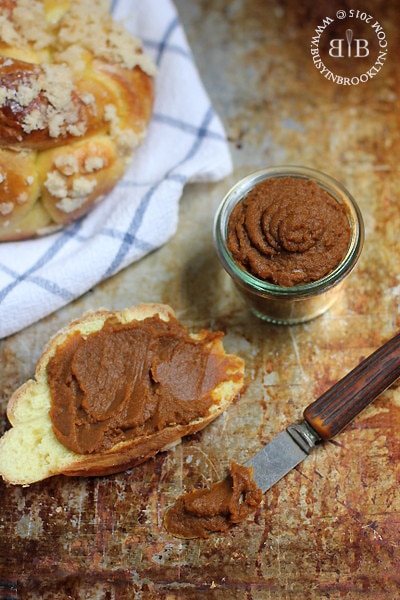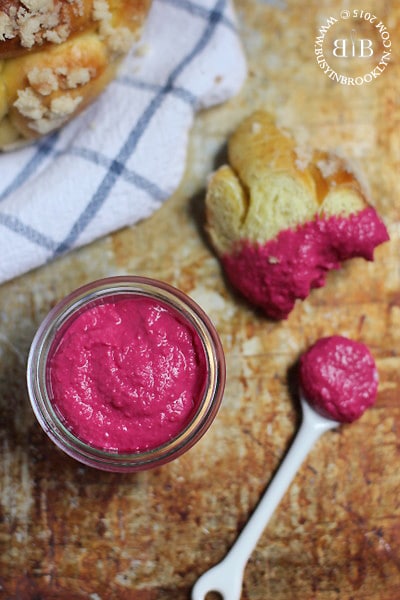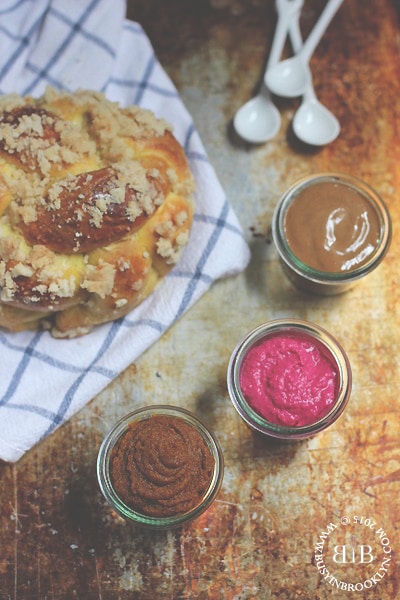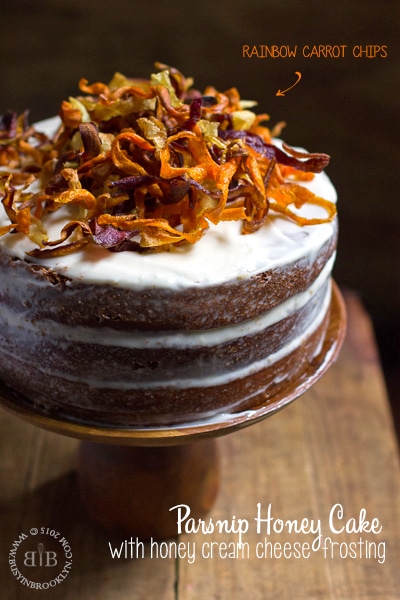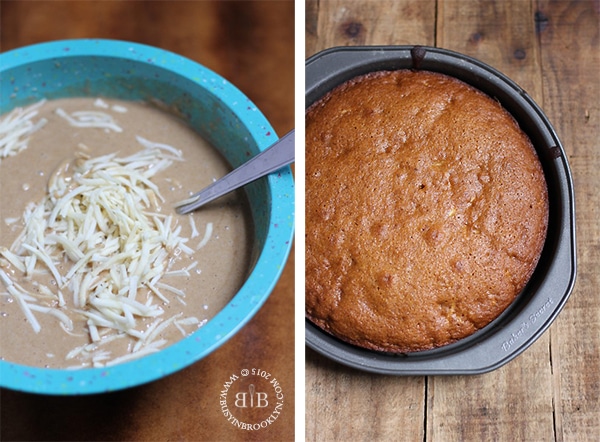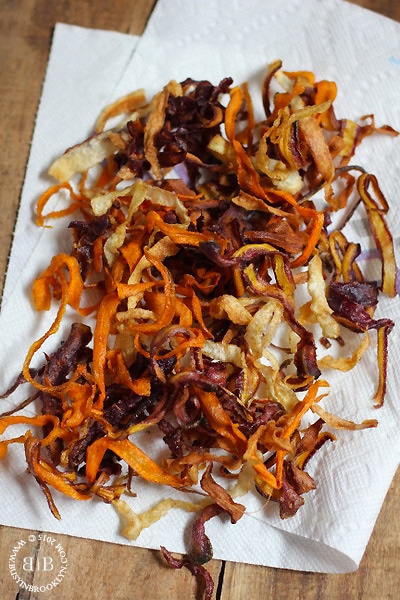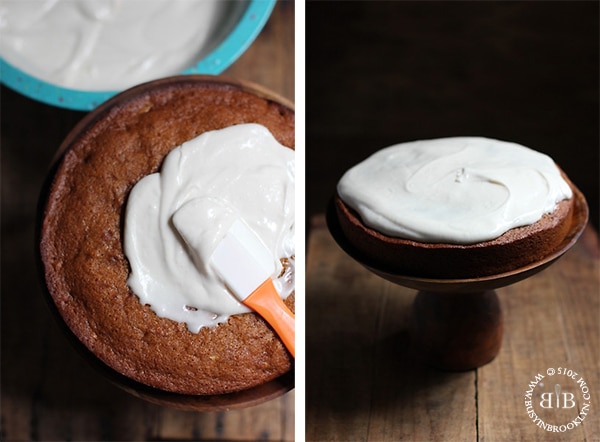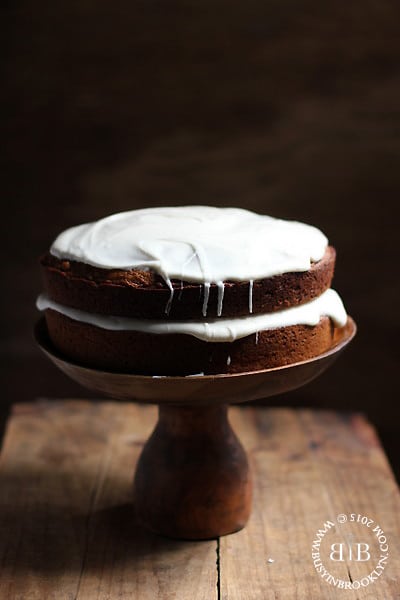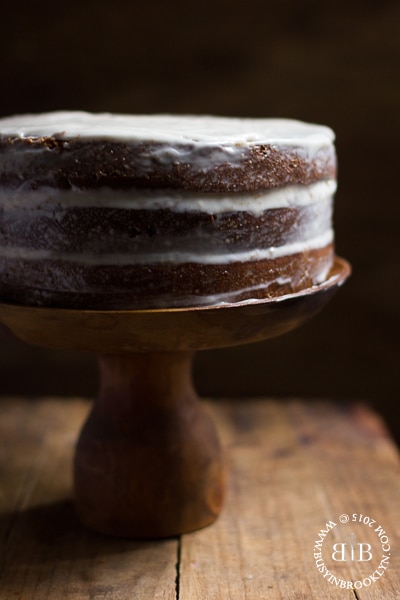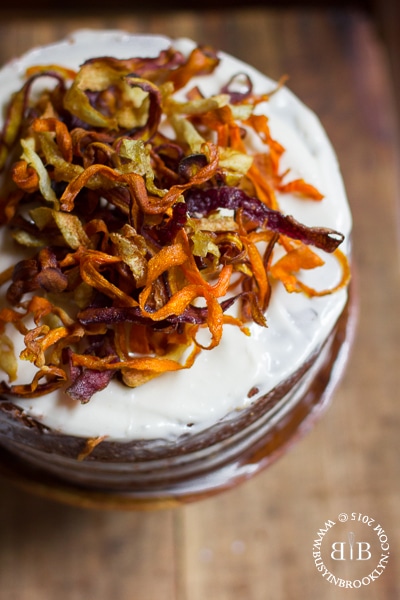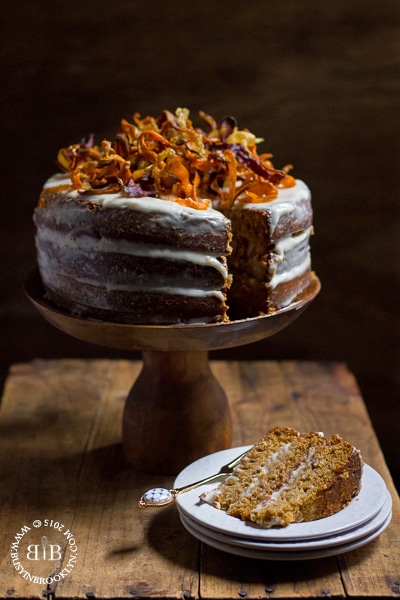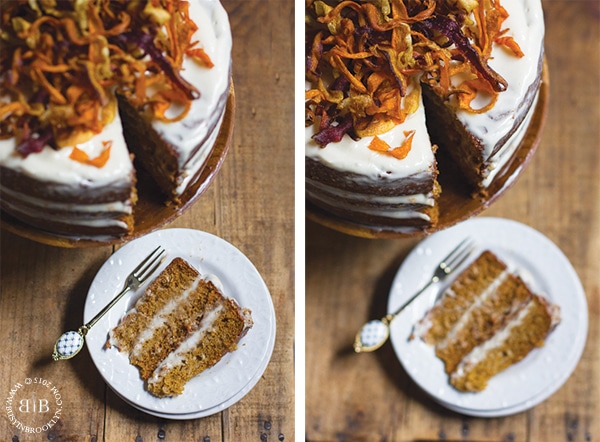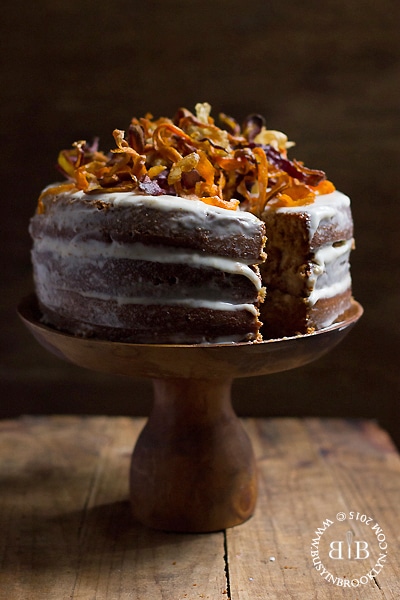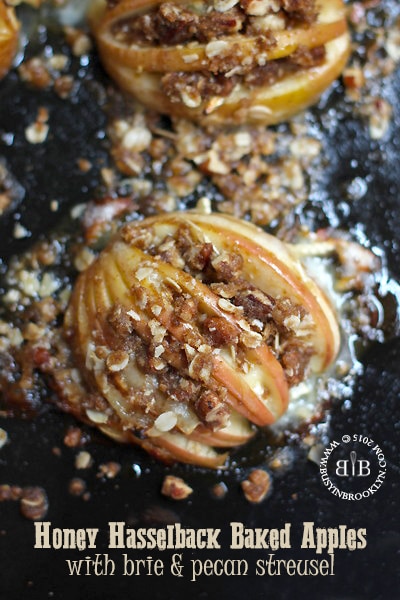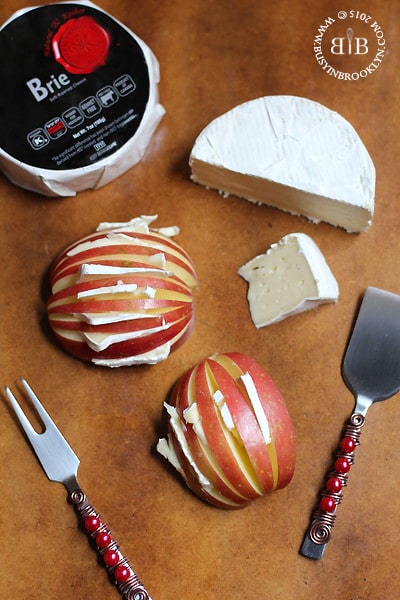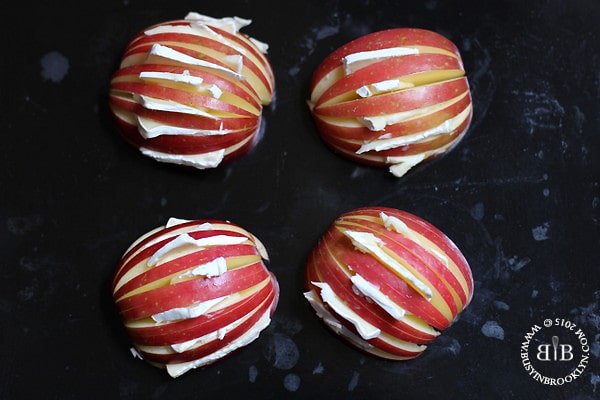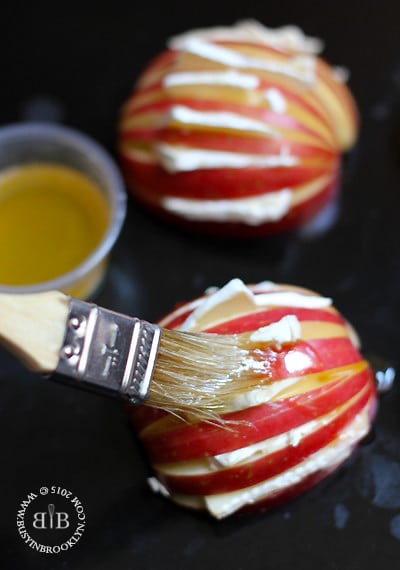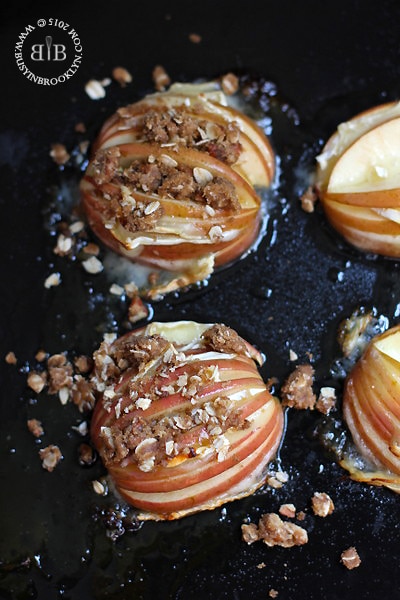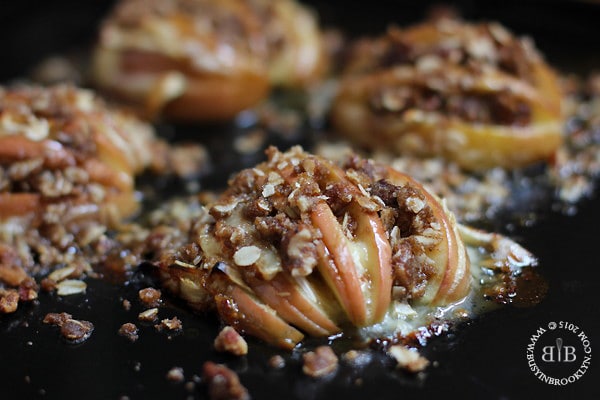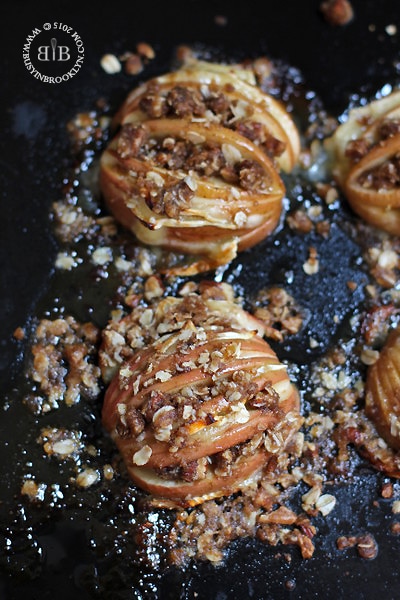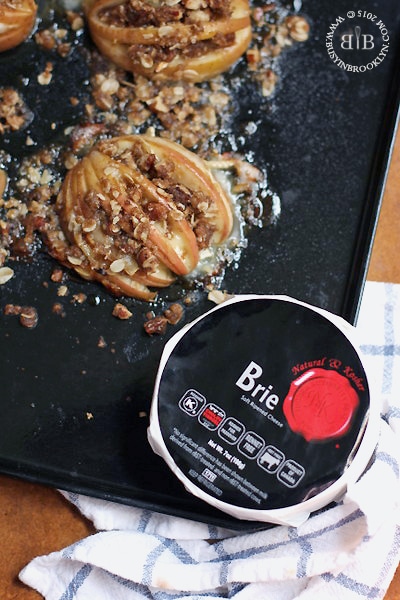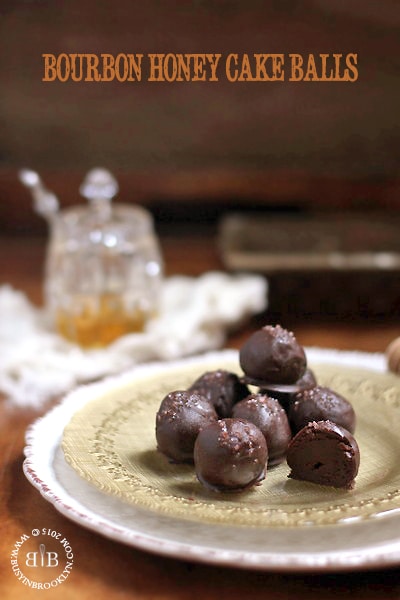
OK so truth be told, I may be one of those people that has big eyes. When I’m in a restaurant, I always order way more than I can possibly eat. And no matter how much food I have planned on my menu, I’ll walk past that extra special ingredient in the store and I just have to have it. It’s foodie FOMO and I’m guilty. as. charged.
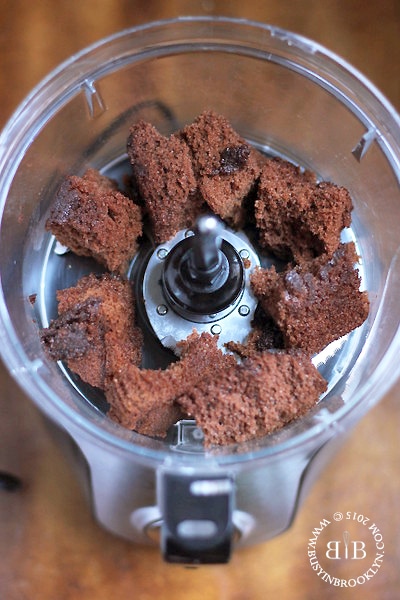
So when honey cake season rolls around, I always make my amazing honey cake recipe, but then I pass by the honey muffins and all the assorted honey cake flavors in the bakery, and I’m all, “Oh, the kids would just love this!”. Which is precisely what happened when I saw the chocolate honey cake two weeks ago. I bought it, the kids loved it, and the next week, I bought it again. Except by then, we were all honey-caked-out, and the cake just sat on my counter for days.
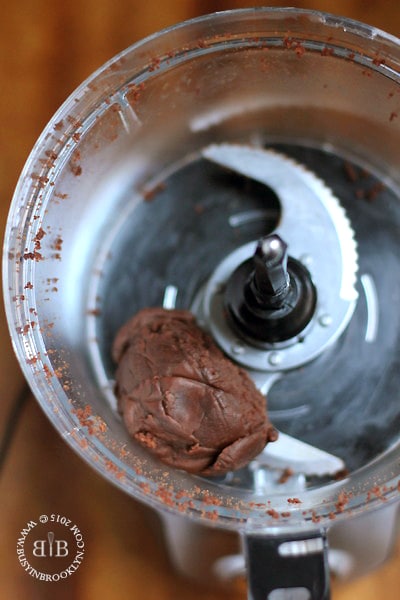
I hate throwing things away, so I thought about re-purposing it in a trifle, or even an apple and honey cake bread pudding, but it just seemed too typical. I thought of all the foods you would make using leftover cake, and it hit me – rum balls! Rum balls are made using leftover brownie or chocolate cake, with added rum for a spiked chocolate truffle. I had to put my own twist on it, and since honey and bourbon marry well together, I decided to go with that.
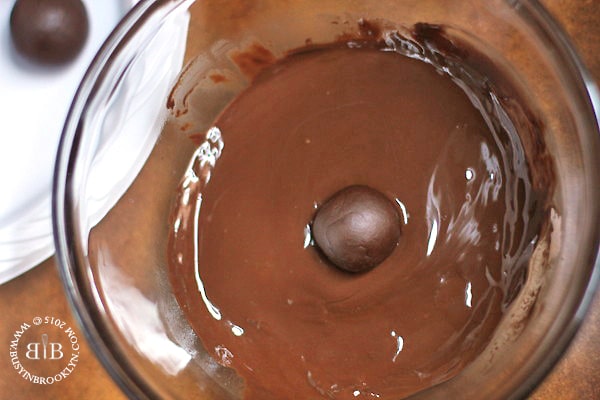
To take my bourbon honey cake balls to the next level, I dipped them in melted chocolate and finished them with pink Hawaiian salt, because I love some salt with my sweet. The results were fudgy and reminiscent of a rumball – exactly as I had imagined.
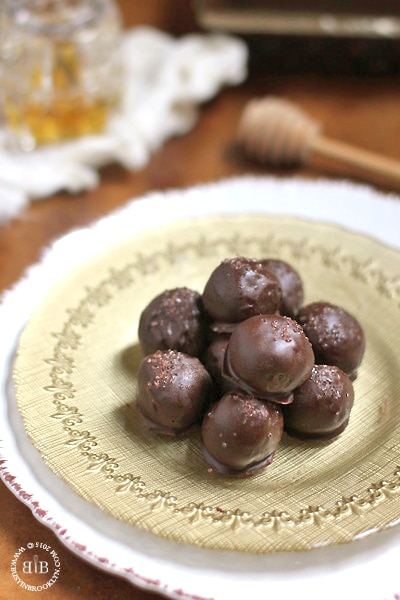
The thing to keep in mind with this recipe is that it’s not quite a recipe at all – more like an idea. Since every honey cake is different (some are more moist and some are more dry), and everyone has a different amount of leftover cake, use your own judgement to put these together. If you’re honey cake is not so sweet, you might want to add additional honey, and if it’s especially dry, maybe even a bit of melted butter might help. Whatever you do, have fun, and don’t get too drunk on that bourbon!
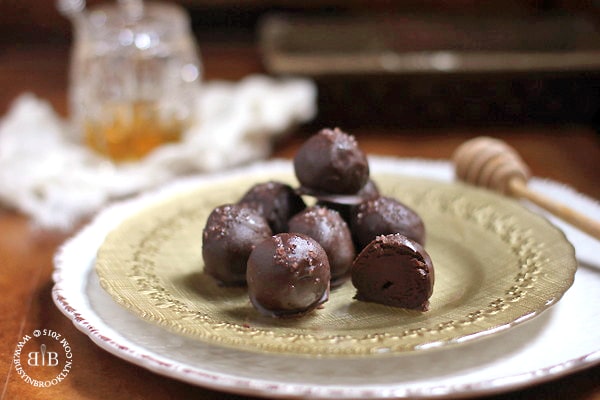
Wishing you an easy fast and a Chag Sameach!
Bourbon Honey Cake Balls
leftover honey cake
bourbon
additional honey, optional
good quality chocolate chips
oil, if necessary
optional toppings: coarse salt, honeycomb, demerara sugar, candied orange peel, candied pecan
optional fillings: raisins, toasted coconut, dried pineapple, chopped nuts
Method:
Place your leftover honey cake in a food processor and process until crumbly. Add bourbon, one tablespoon at a time, until the mixture comes together in a ball. A moist honey cake will require less bourbon and a dry honey cake will require more. Taste the mixture and adjust seasoning as desired (if not very sweet, add additional honey). Add additional fillings, if desired, and roll the mixture into balls. Dip into melted chocolate (if your chocolate is too thick, add a bit of oil to thin it out) and place on a parchment-lined baking sheet. Garnish the honey cake balls with your favorite toppings (I like coarse pink salt to counteract the sweetness) and freeze or refrigerate until set.
VARIATION: for a quick and easy truffle, crumble the cake by hand and mix in the bourbon. Roll in demerara sugar and serve.
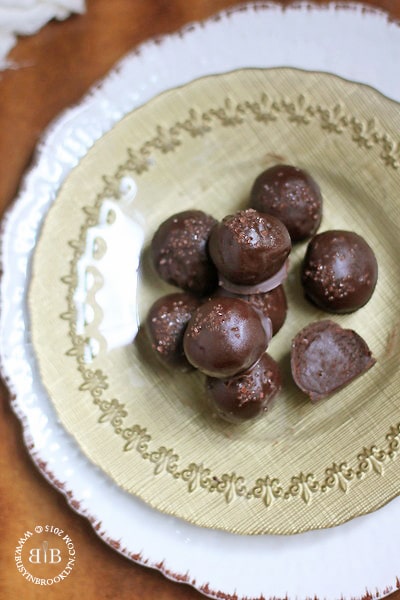
Related Recipes:
Parsnip Honey Cake
honey cake with caramelized apples
gingerbread truffles
Tu B’Shvat truffles

